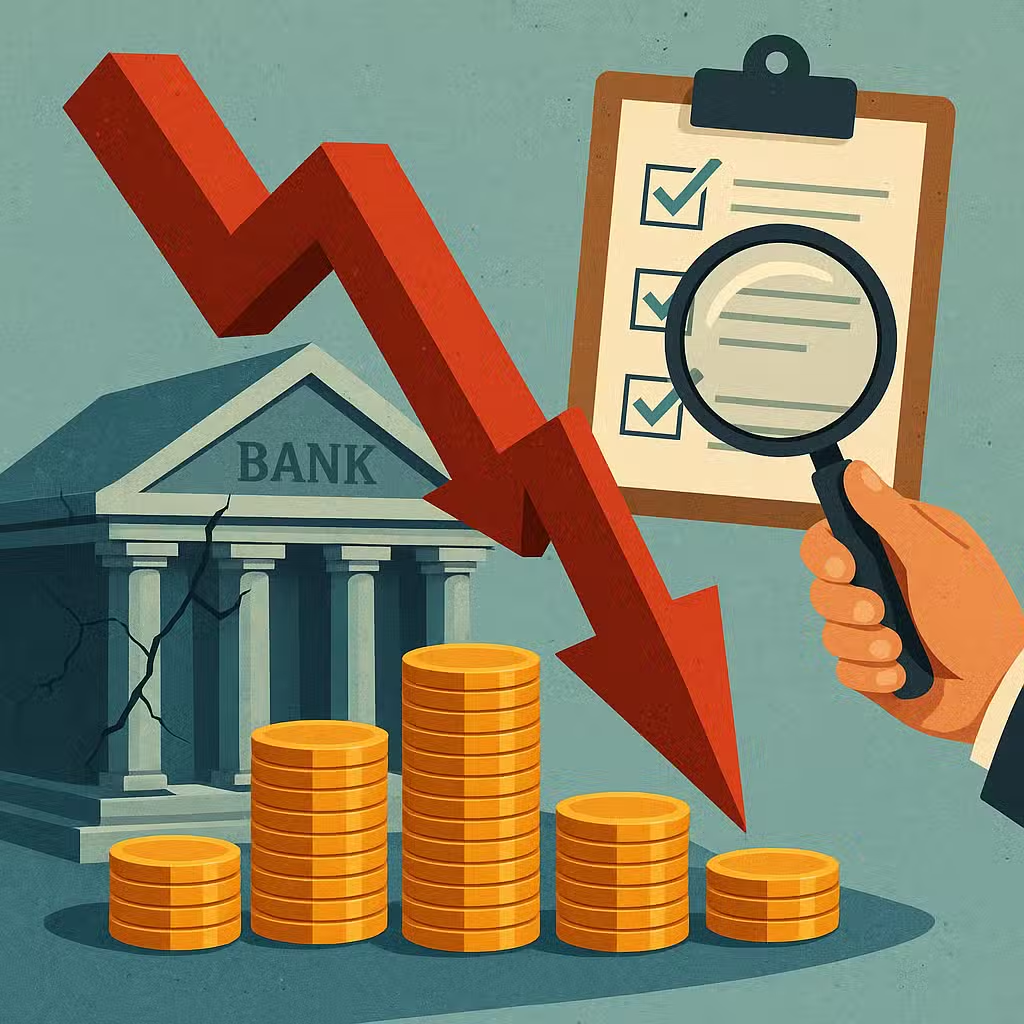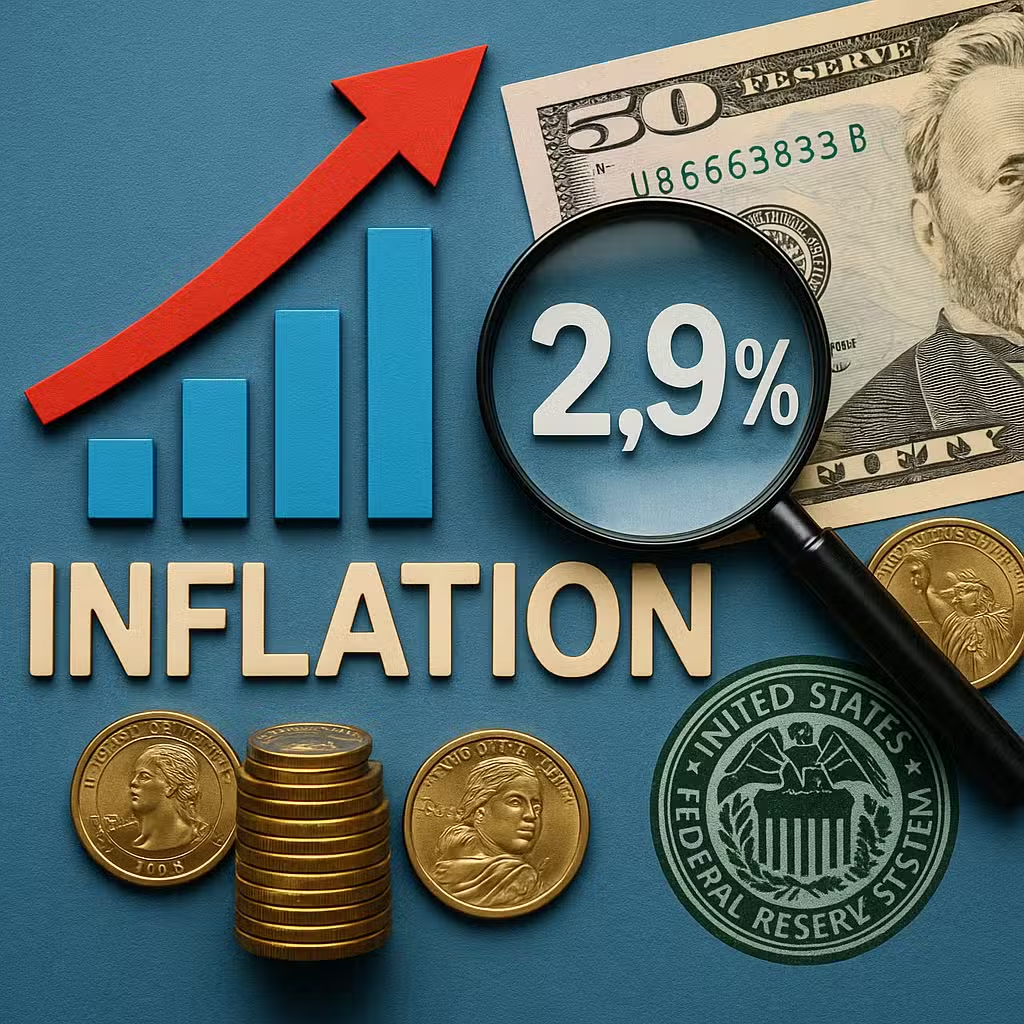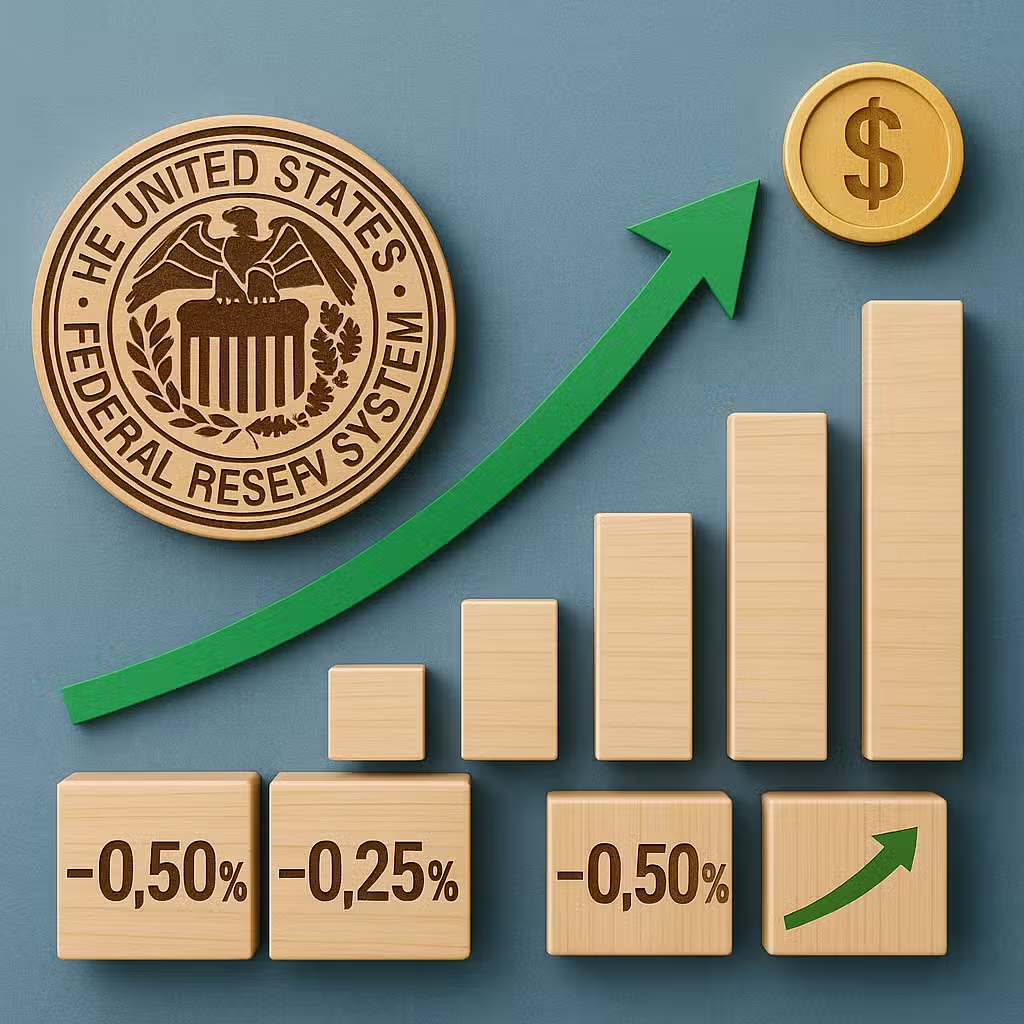Rising Loan Defaults Highlight Need for Careful Risk Assessment by Bank Investors
Imagine if you let a friend borrow your bike, but then you find out they lent it to someone else, and now it’s missing. That’s kind of what’s happening with banks and a special kind of loan right now — and it’s got investors worried.
Why Investors Should Care
Recently, some big banks like JPMorgan Chase and Goldman Sachs were celebrating strong profits. But then, smaller banks like Zions and Western Alliance got hit by major loan losses — not just small dents, but almost total wipeouts. These losses came from loans to non-depository financial institutions (NDFIs), companies that aren’t regular banks but still borrow big money.
When banks lose money like this, it can shake up the whole market. Stock prices drop, and people remember past crises, like when Silicon Valley Bank failed in 2023. If more problems pop up, it could hurt not just banks, but anyone who invests in them or depends on them for loans.
What Are NDFIs?
NDFIs are companies that do things like lending or investing, but they aren’t regular banks with government protection. After the 2008 financial crisis, new rules made it harder for banks to make risky loans. So, many risky loans moved to NDFIs instead. But here’s the twist: banks still give lots of money to these NDFIs.
- As of March, banks had loaned $1.14 trillion to NDFIs (Federal Reserve Bank of St. Louis).
- Loans to NDFIs have grown 26% a year since 2012.
This means banks might still be exposed to risky bets, just in a more roundabout way.
Why Some Investors Are Worried
- Recent losses tied to NDFIs have been almost total. Zions lost nearly all of $60 million. JPMorgan lost $170 million on a subprime auto lender.
- When one problem pops up, there might be more hidden — like seeing one cockroach and worrying there are others.
- Investors worry about “contagion,” where one bank’s troubles spread to others, as happened in past crises.
- NDFI loans are hard to track and can go bad quickly, making them riskier than regular loans.
According to the St. Louis Fed, bank loans to non-bank lenders are the fastest-growing type of loan (St. Louis Fed Study).
But Is This an Overreaction?
- Some analysts think the worries are overblown. The total losses so far are small compared to the size of these banks.
- Regional banks are also getting a boost from higher interest rates and more mergers, which help profits.
- Not all banks are equally exposed — some have much less risk from NDFIs.
- There are still many strong banks trading at low prices, which could be a buying opportunity.
After the 2008 crisis, banks faced new rules and had to clean up their act. Today’s problems are more about specific loans, not the whole system falling apart. But it’s a reminder that risks can show up in unexpected places.
Investor Takeaway
- Check your bank stocks: See if they have lots of NDFI loans. Avoid those with high exposure until things settle down.
- Diversify: Don’t put all your money in one sector — mix in other industries to spread risk.
- Look for value: Some regional banks are trading at discounts, but make sure they’re not exposed to risky loans.
- Stay alert: Watch for news about loan losses and fraud — these can move markets quickly.
- Remember history: Past crises show that risks often hide in plain sight. Doing homework on what banks are lending to is smart investing.
Just like you’d check who’s borrowing your bike, investors need to know where their money goes — and who’s borrowing it next.
For the full original report, see CNBC







